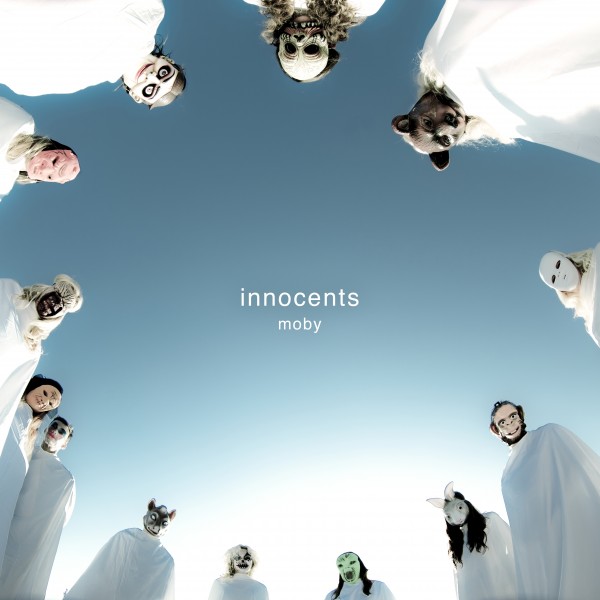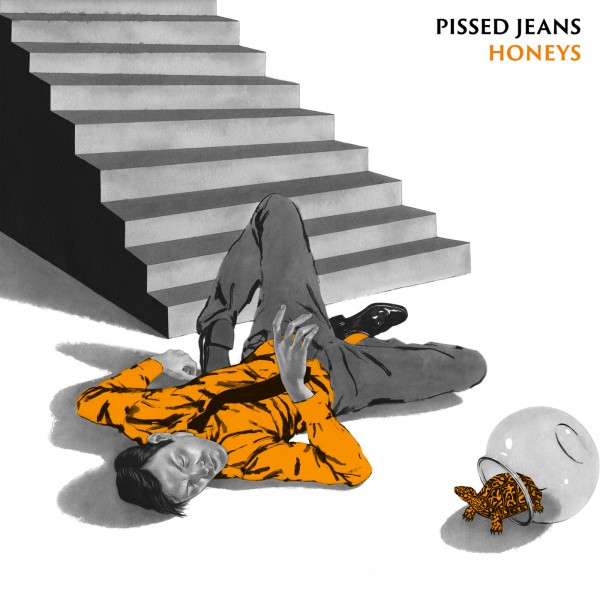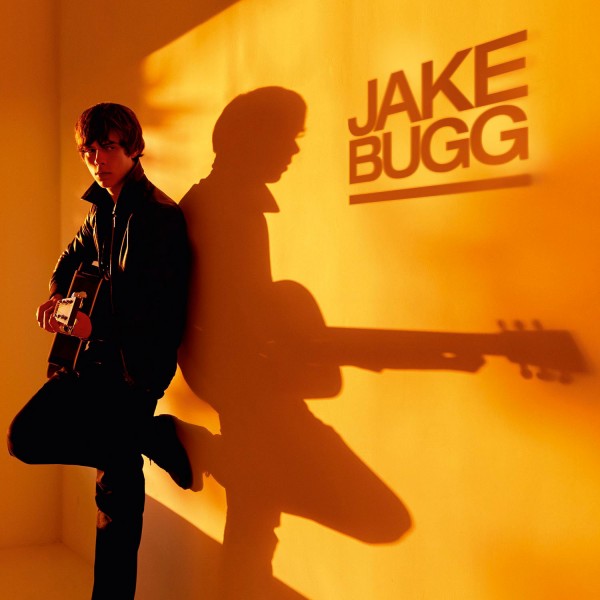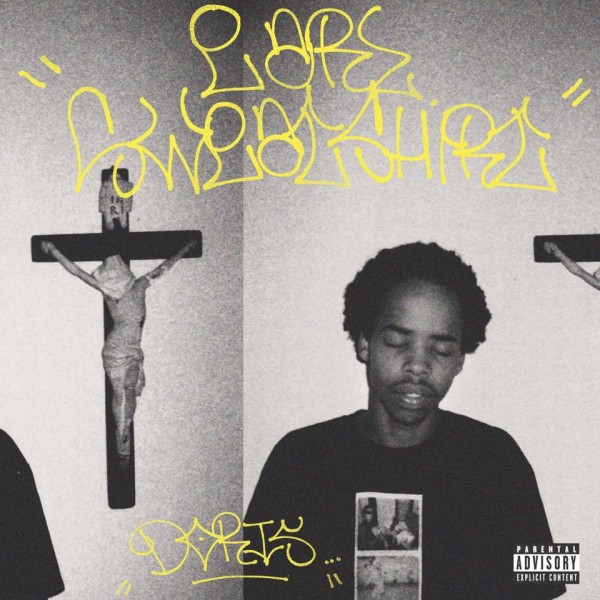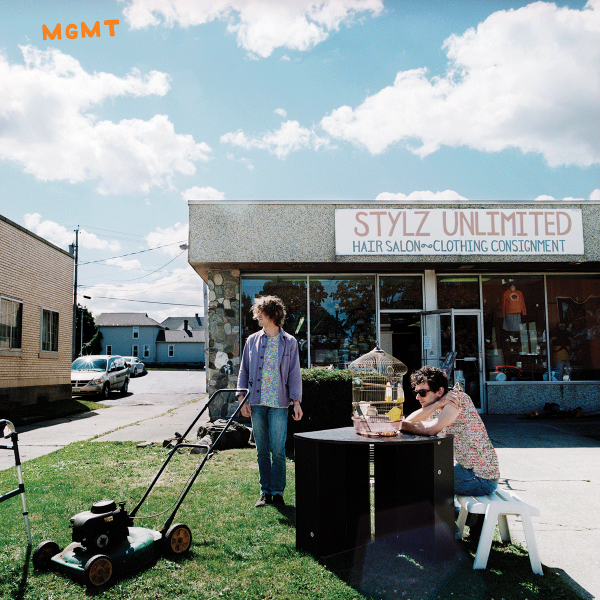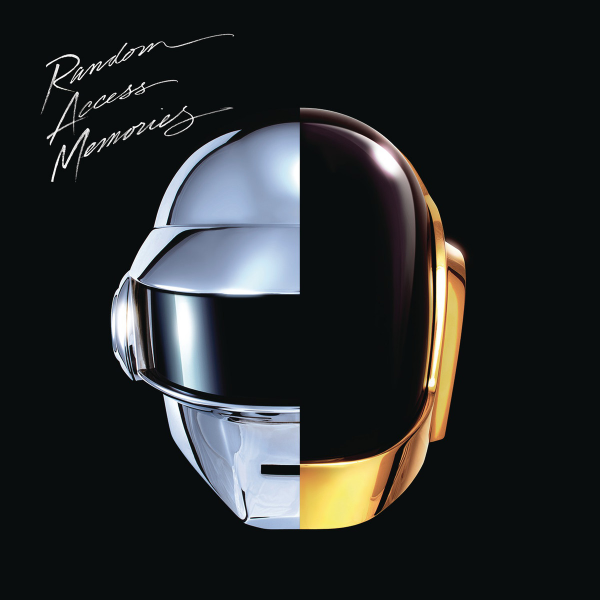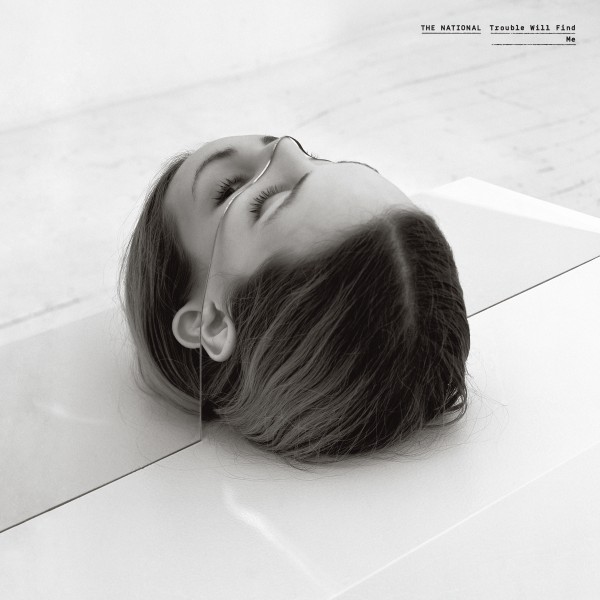In the immortal words of the Chairman Of The Board, it was a very good year. So was last year, and the one before that and the one before that and so on. Why? Mostly, we can thank the disruptive, game-eating power of the Internet. The best thing that ever happened to music was the web-abetted collapse of the music industry’s one-size-fit-most paradigm and the death of radio as the prime determinant of what people like. Now people find music everywhere, it literally rains out of everything with an electric pulse, which has triggered a radical re-calibration of the vectors of popularity. These days even the most idiosyncratic sounds find their tribe sooner or later if they’re worth a damn. The Internet is good at keeping many things, but a secret is not one of them and good will out. We will not pretend our list is definitive or even close to it. There was loads of good music that did not make our naughty-or-nice list. You know where to find it. In the mean time, this is our favorite music of 2013. Let all the children boogie.
****
VAMPIRE WEEKEND
Modern Vampires Of The City
(XL Recordings)
Seven months after the urbane preppie princelings of Vampire Weekend release a masterpiece that eschews the infectious Afro-pop that made their beloved debut the Special Beat Service of the Aughts in favor of the kind of panoramic, prismatic art-pop MOMA-for-your-ears Lady Gaga would tease but never deliver, Nelson Mandela dies. Coincidence? Of course. (Reality is but a lattice of coincidence, my friend, Google it). Coincidence is just a fancy word for accidental and contrary to popular aphorism, accident, not necessity, is the mother of invention. Vampires Of The Modern City is restlessly, relentlessly inventive in the hot pursuit of arcane pop splendor. And boy, does it deliver. It is their Yankee Hotel Foxtrot’s Lonely Hearts Club Graceland Band. It would love to turn you on. It is trying to break your heart. It has diamonds on the souls of its shoes. It’s also the best album of 2013. This is not open to discussion. I will fight you over this — because I love you and I am tired of seeing you, time and again, wind up on the wrong side of history. No telling how this plays in the tonier precincts of Cape Cod, but it scarcely matters. Walcott got the fuck out of there a long time ago. — JONATHAN VALANIA
****
BOMBINO
Nomad
(Nonesuch)
While 2013 saw the release of many excellent albums from African artists—Rokia Traore, Vieux Farka Toure, Ballake Sissoko, Sidi Toure among them—the most visceral and exciting, and the one that rocks the hardest, is Nomad from Omara “Bombino” Moctar. Nigeria’s Bombino expands on the Saharan blues tradition of fellow Tuaregs Tinariwen, and although he grew up enamored of Jimi Hendrix and Mark Knopfler, he favors compact, focused songs that ride circular, gritty riffs. Perhaps some of that concision is due to the Black Keys’ Dan Auerbach, who produced Nomad, Bombino’s second album, in Nashville. Some Western touches are clear—the reverb, the rock and roll drums, the garage rock hook of standout track “Aminidine”—but they take a backseat to Bombino’s vocals, gruff and chant-like, sung in Tamashek, with clear choruses, and his remarkable guitar playing, with riffs that drone and crunch, that spiral hypnotically and rock hard. — STEVE KLINGE
****
LAURA MVULA
Sing to the Moon
(RCA)
Conservatory-trained in Birmingham, England, the extravagantly talented Ms. Mvula’s debut is refreshingly difficult to categorize in a time when most musical acts are easily corralled into marketing department subsets . Arranged with the vigor of a Brian Wlison/Van Dyke Park teenage symphony to God, Sing to the Moon lilts, marches and dances through a stream of songs whose breadth is traversed by the dark warmth of Mvula’s emotive, Nina Simone-style vocals. At times I was reminded of classic Radiohead and Sinead O’Connor’s heartfelt early records but all these comparisons melt away on a cut like “Green Garden,” whose percussive handclaps power the melody like nothing you’ve ever heard before. Strings, harp and tympani support Mvula’s swelling choral arrangements like a bed of feathers, breaking ground on a truly unique sector of pop Heaven with a record that gives the distinct impression that Mvula’s talents are limitless. — DAN BUSKIRK
****
FOXYGEN
21st Century Ambassadors Of Peace And Magic
(Jagjaguwar)
Most nights I am up late worrying about Foxygen. They are like the inscrutable, heart-breaking, scene-stealing indie darling little brothers I never had. They are so young and reckless and this album is so goddamn great, so elegantly-crafted, richly-rendered and impeccably-stylized — like if Wes Anderson’s Royal Tenenbaums was a wonderfully twee baroque indie rock album instead of a wonderfully twee baroque indie film — that I worry that they are going to blow it. I worry about them doing something stupid, like breaking up the band because after a year of non-stop touring and living inside each other’s pockets they can’t stand the smell of each other’s farts any more. I worry about them constantly runnin’ with the devil and flirting with disaster on the road. I worry about them getting into a fight with the audience at SXSW and storming off stage. I worry about them climbing up the stage rigging at Wilco’s Solid Sound Festival and getting into a fight with the stagehands. I worry about them breaking a leg in Minneapolis and having to cancel their fall tour. I worry about the live show always being such a hot mess. I worry that the fact that they are unable or unwilling to replicate the album live means producer Richard Swift deserves far more Svengali cred than we’ve been led to believe. I worry that all the deathless Stones/Kinks/Zombies pastiche that bejewels this album was actually Swift Geppetto-ing their Pinocchio. I worry about them getting mixed up with the wrong crowd and making an ‘80s synth record next time, like they have threatened to do. I worry that so many people, myself included, have told them how great they are that they are actually starting to believe it. I worry that I am going to have to sit them down and tell them there’s no need to be an asshole, you’re not in Brooklyn anymore. — JONATHAN VALANIA
****
KANYE WEST
Yeezus
(Def Jam)
Kanye the Clown is the only Kanye that matters, and Yeezus is a clown-car masterwork. Everything that hops out is a caricature: the MC with a titanium chip on his shoulder, the arriviste with a paparazzi-bait girlfriend, the autotuned blowhard, the punchline-rapping adolescent, and so on. The only things to take quote-unquote seriously are the beats, because that’s where Kanye’s fashion-world proclivities are most purely expressed. Although the album seems herky-jerky and impulsive on the surface, every electro-pop blast, subwoofer taunt and soul-music swerve is placed just so, like one of those classically weird September-issue spreads that aren’t really about clothes. The images and ideas tumble out, but there’s a single viewpoint stitching it all together. The best clowns work that way, too. — JOE WARMINSKY
****
SAVAGES
Silence Yourself
(Matador)
Pop music history is littered with the picked-over carcasses of British bands rated The Second Coming in The Land Of Warm Beer And Bad Teeth that couldn’t even make the Registered Sex Offenders list in the States let alone anyone’s Best Of list. Most of them couldn’t deliver live. Conversely, all-chick post-punk band Savages averted such a fate with fierce, face-melting live performances of this, their incendiary debut. Their music is a hybrid of attitude/gobs of spit 70’s Brit-punk and the dense six-string calculus of CBGB-ian legends Television. Singer Jehnny Beth stomps and wails over Aye Hassan’s rubbery rumbling bass-lines and the spectral echoing guitar daggers of Gemma Thompson while drummer Fay Milton gallops and thunders behind them. It’s dangerous music, a menacing balancing act on the edge of a knife dripping with thinly-veiled sex and violence. The chugging sound and urban claustrophobia of “City’s Full” feel like a white knuckle ride down in a seedy tube station at midnight. “Hit Me” is frantic plea for some S&M love and physical contact. “She Will” sounds like young angry U2 with bigger balls. But the hands down highlight of the album is “No Face.” It is a song attacking fakes that sounds like two runaway locomotives speeding towards each other on a glide path to collision. — PETE TROSHAK
****
KURT VILE
Wakin’ On A Pretty Daze
(Matador)
If you board the Market-Frankford line in Philly and head north, as the train passes the section of town known as Fishtown, one cannot help but observe an immense mural painting on the side of a building extolling the virtues of Wakin on a Pretty Daze, the career masterpiece of Kurt Vile. The titular opening track sounds mopey and somewhat stoneresque yet celebratory which more or less sets the tone and pace for what is to follow. It also has a sonic likeness to The Rolling Stones song “Waiting On a Friend” where the guitar interplay weaves about similarly snakelike with a mesmerizing sensibility. The eleven songs on this album are quite lengthy to say the least, yet this is a bona fide compositional trait of this artist. In the song “Too Hard” Vile suggests: “Take your time, so they say, and that’s probably the best way to be.” That is good counsel and a soothing counterpoint to the digital Matrix in which we all now reside where everything is so next. — COLONEL TOM SHEEHY
Kurt Vile’s Wakin On A Pretty Daze isn’t your typical stoner-rock album. I like to think of it as an exercise in purposeful intrinsic sweet-leaf comfort, a red-eyed dream diary tour through Vile’s Fishtown Of The Mind, an ephemeral neverland where we’re all “chilling on a pillowy cloud” and digging Vile’s shimmering glitter-guitar trips, cyclical finger-picked riffs and artful harmonic motifs that fit like lock and key with his sardonic, slightly de-syncopated delivery of lyrics like “the shifting tones of time flying.” Wakin is mellow gold. Dig it. — NOAH SILVESTRY
****
UNKNOWN MORTAL ORCHESTRA
II
(Jagjaguwar)
II is the epitome of love at first listen for me this year. Unknown Mortal Orchestra’s aptly titled sophomore album effortlessly pulls off a sunny lo-fi psychedelic ’60s sound filled with catchy, sweet melodies that resonate with my happy place. wedded to lyrics exploring the exigencies of soul-sucking loneliness and quiet desperation with an aplomb that always makes me smile. The prevailing sound is pleasantly mellow, yet humble and straightforward. This makes it an agreeable and relaxing listen especially for those with an ear for all things Beatles-esque. II incorporates just enough of lead singer and songwriter Ruban Nielson’s soulful guitars and day-dreamy vocals to make each track feel like you are hearing it for the first time every time. — MARY LYNN DOMINGUEZ
****
DAVID BOWIE
The Next Day
(Columbia)
Nearly 10 years gone, David Bowie is back. Huzzah? The verdict is FUCK YES! The takeaway here is that Bowie is finishing his career, cruising toward his finish line—whether this be his last album or not—the same way he created his brand: Fearless and peerless. Before this tour de force is over, Bowie recalls past glories and creates new ones. Shouts martial chants and laments war. He mourns his own coming death and renders it clear, we all got it coming, kid. He does jazz, arena rock, burlesque, 50s balladeering and electronica…the list isn’t finished and, I suspect, neither is he. Taken in context with his career, it isn’t a stunning return to form (frankly, he did that already and nobody paid attention). But it is an incredible comeback just the same—an album filled with life that keeps bumping, fiercely, into death, death, death, and invites it—with a doo wop and a boo wah and several showstopping choruses—to give us a kiss. — STEVE VOLK
****
RHYE
Woman
(Universal Republic)
What R. Kelly is to sex, Rhye is to sensuality: pure, unadulterated, single-minded. Cloaked in anonymity and gender-ambiguity when early singles “Open” and “The Fall” first appeared, Rhye turned out to be Canadian singer Mike Milosh and Danish producer Robin Hannibal. Milosh sings in a feminine, cooing alto that garnered Sade comparisons, and most songs describe a lustful longing and sensual love. The music is a subtle, humid mix of electronic rhythms and analogue strings and jazzy slow grooves. (When the band, sans Hannibal, appeared Upstairs at World Cafe Live in the spring, the synths and programming took a backseat to the cello, trombone, trumpet and live drums and to Milosh’s incredible vocals.) This is baby-making music, and it’s lovingly detailed and artfully crafted. Both men released their own projects this year, too—Hannibal’s Quadron and Milosh’s solo album—but although both albums were solid, neither had the deep sensuality of Woman. — STEVE KLINGE
****
ELVIS COSTELLO & THE ROOTS
Wise Up Ghost
(Blue Note Records)
Born out of several collaborative appearances on Jimmy Fallon’s show, the pairing of Elvis Costello and the Roots is a meeting of equals: they don’t find a middle ground as much as they forge a hybrid. Originally planned as a set of updates to old Costello songs, Wise Up Ghost retains some recycled and reappropriated material: they recreate Costello’s “Pills and Soap” as “Stick Out Your Tongue”; they use lines from “Satellite” and sample The Juliet Letters. The effect is more in the tradition of hiphop sampling and quoting than traditional rock-style covering. For his part, Costello is in bitter, pent-up tension mode, spitting lyrics in long lines and repeating phrases to bore deeper into frustration and anger. For their part, the Roots favor deep ‘70s-style funk, with the indomitable Questlove leading the way (and co-producing). Sadly, Black Thought isn’t here: they missed an opportunity for a rap cameo or a “Slow Jam the News”-style duet. The album cover says this is “Number One”: here’s hoping for a second volume and a tour. — STEVE KLINGE
****
FLAMING LIPS
The Terror
(Bella Union)
On this, the beginning of their fourth decade of musical exploration it seems almost unfair to ask the institution of The Flaming Lips to surprise us, which is exactly what they’ve done with their 16th album, The Terror. In the last decade the band has recorded a cover of Dark Side of the Moon, they’ve made a record of duets that featured pop tart Ke$ha but its is this, easily their bleakest release to date, that feels like they’ve finally turned a corner from the spacey psychedelics they’ve tilled starting with 1999’s The Soft Bulletin. Experimental composer Dan Deacon remixed the entire release and I suspect it was he who dismembered the songs and left their guts spread out over waves of droning noise. The icy Krautrock doom that pervades the album (reaching a particularly harrowing height in “Butterfly, How Long It Takes To Die”) was bound to make it something less than a crowd-pleaser but the accumulated emotional power of this desolate masterpiece places it among the toppermost of the Lips’ achievements. — DAN BUSKIRK
****
BOOGARINS
As Plantas Que Curam
(Other Music)
That fleeting moment of late ‘60s psychedelia was one of the free-est, freshest eras rock music ever had and a lot of guitar pedals have been sacrificed over the decades to recreate that fuzzed-out, heady Eden-for-the-ears. Recreating the sound perfectly is almost like not capturing it at all but put it in the hands of a couple of impulsive Brazilian kids just out of high school and the music sounds vibrant and surprising all over again. Recorded as a duo, As Planta Que Curam (Portugese for “Plants That Heal”) marries vocalist Fernando Almeida’s sweet Chilton-esque vocals to the melodic din of Benke Ferraz’s guitar for heavy sounds leavened by a shot of AM pop goodness. Boogarins are hardly the only band on the scene to be mining these ingredients but they are distinguished by a spirit that makes us believe we’re all discovering this music together for the first time. — DAN BUSKIRK
****
THEE OH SEES
Floating Coffin
(Castleface)
As I write this, I’m mourning the fact that Thee Oh Sees have gone on a quasi-hiatus, at least in terms of touring. Never seen ’em tear up a joint, but various SXSW-attending friends, acquaintances and social-media connections speak with reverence about the San Fran band’s punked-up psychedelia. Here’s the strange thing, though: Thee Oh Sees’ records are criminally underappreciated, perhaps none more so than this one, which isn’t getting much representation on best-of-the-year lists, despite the strong undertow of love for the band. Let me say it, then: No 2013 rock album is as wildly fun, and no Oh Sees album (except — maybe — for 2009’s “Help”) more effectively combines West Coast freakiness, bad-pills twang, East Coast punk proficiency and proto-metal riffage. In another indie-rock era, frontman John Dwyer might’ve been regarded as an equal of Robert Pollard, Bob Mould, Frank Black or any other prolific up-from-the-underground hero that you can think of. Instead, he’s releasing big LPs at a time when killer YouTube clips are equally valid for solidifying a legend. The pervasive neglect of Floating Coffin might be benign, but it’s gotta stop, pronto. — JOE WARMINSKY
****
MOBY
Innocents
(Mute)
In 1999, Moby jacked an Alan Lomax collection of rural Delta musics — field hollers, murder ballads, train songs, negro spirituals — into an 808, wedding these old dusty sounds to melancholic synth textures and dance floor breakbeats; old pain meets the new fun of technology. Beats. Loops. MMDA. The paradox was striking and gave electronic dance music something it was completely lacking: soulfulness. True grit.. Play made Moby a global superstar, not to mention a very wealthy man, which can be an artistically-deadening combination. Sure enough, the five albums that came after represent a slow, but steady climbdown — both commercially and creatively. His last album, Destroyed, earned a Metacritic score of 61 out of 100 and went on to earn the dubious distinction of being the worst selling album of his career. Which may be why he ventured so far outside the modus operandi that produced his last 10 albums, hiring an outside producer to provide an objective set of ears and collaborating on the songwriting with an impressive cast of guest singers. Cold Specks brought the sultry. Damien Jurardo brought the transcendental. Skylar Grey brought the apocalyptic sadness. Inyang Bassey brought throbbing libido. Wayne Coyne brought the high goofy. Lanegan brought the funereal. Critics have been positive but guarded, their enthusiasm muted, and you can hardly blame them, they’ve been burned time and time again ever since Play. You can see why nobody is willing to stand up on the mountaintop and declare the new album a masterpiece. But I will. The arc of history is long, as the saying goes, but it always bends towards justice in the end. Mark my words, years from now, when the pettiness of the moment has long since passed back into the digital cloud of binary snark from whence it came, Innocents will be remembered as the second time that Richard Melville Hall, aka Moby, caught lightning in a bottle. — JONATHAN VALANIA
****
PISSED JEANS
Honey’s
(Sub Pop)
The barrel-assing rumble of these Lehigh Valley nutjobs is hardly fashionable, but “Honeys” is totally a right-now album, anyway. Despite its considerable layer of sludge, the music is as tightly executed as any prefab popstuff, and frontman Matt Korvette’s hollered observations on post-industrial life are as valid as the content in any celebrated sitcom. Beyond all that, though, Pissed Jeans proves that making metal-ribbed, punk-energized guitar rock doesn’t have to be an inherently retrograde exercise. “Honeys” has familiar sounds, sure, but the configurations are reliably fresh — reference points get pummeled, steamrolled, exploded or simply shoved down the steps. — JOE WARMINSKY
****
JAKE BUGG
Shangri-La
(Island/Def Jam)
Shangri La, Jake Bugg’s second album in 13 months, was produced by Rick Rubin and named after Rubin’s Malibu recording studio and from the sound of things, the nineteen-year-old British wunderkind obviously benefited from his time in the California sun. Like on his debut Bugg displays a maturity beyond his years and an uncanny ability to absorb different musical genres and channel them into his work while avoiding sounding derivative. He opens Shangri La with the skiffle-like “There’s A Beast And We All Feed It” and follows it with the rollicking rockabilly of “Slumville Sunrise.” He delivers the sneering, punky blast of “What Doesn’t Kill You” and follows it with the beautiful folk shuffle of “Me and You.” Bugg pays tribute to one of his musical heroes in “All Your Reasons” and “Simple Pleasures,” delivering two slinking aggressive numbers full of guts, glory and emotive lead guitar that would make Neil Young proud. The best song on the album is the catchy-as-hell anthem “Messed Up Kids.” In it Bugg merges the big sound of Springsteen and the urban grit of Lou Reed, filtering them through the lens of a piss-poor Brit teen-punk. — PETE TROSHAK
****
EARL SWEATSHIRT
Doris
(Columbia)
There’s an ever-growing intellect inside Earl Sweatshirt’s head, and that’s the chief reason for anybody to dwell inside these generally slow, seemingly surly tunes. As perhaps the most celebrated member of the Odd Future crew — let’s label Tyler The Creator the most closely observed — Earl has no incentive to make certifiable showstoppers, although “Chum” and “Whoa” come close. Instead, his calling, for now, is to use deadpan, technically challenging rhymes and minor-key minimalist beats to imply hazy basements, blind alleys, rooms with drawn curtains, rides to nowhere and conversations that end because people just nod off. Those are the venues where the duality of adolescence works itself out, where profane and petty pronouncements are feints intended to create space for deeper thoughts to multiply. Who knows where Earl is headed; another album of daddy issues and kid’s stuff would seem like overkill, but then again, “Doris” proves that as long as he’s piling up internal rhymes and uncanny imagery, he’s unfailingly compelling. — JOE WARMINSKY
WARNING: NSFW
****
MGMT
MGMT
(Columbia)
Much to the dismay of drunken, face-painted teens everywhere that are still playing “Kids” on repeat, MGMT has almost entirely abandoned everything related to the commercial success of their 2007 debut album Oracular Spectacular with their newest release. Of course, MGMT covers some familiar far-out grounds with a mixture of sharp percussion sounds, mellow guitars and quietly haunting vocals — all of which are blanketed by noisy distortion and spacey sound samples. Each song is lighthearted and fun, yet shows an obvious emotional departure from Oracular. The result is a delightfully freaky collection of songs that may not make it as far up the charts as Oracular, but it’s just as worthy of getting weird with. — MARY LYNN DOMINGUEZ
****
DAFT PUNK
Random Access Memories
(Columbia)
This was a year of great album release anticipation and huge roll outs and Daft Punk’s Random Access Memories was the ace of the bunch. As most acts utilized social media to proclaim their new music, Daft Punk went old school with billboards. But in 2013, going a little old school was the cool thing. It had been eight years since these motorcycle helmeted Frenchies released a full length; when news hit, the world of EMD expected a collection of singles. However, the dynamic duo of Thomas Bangalter and Guy-Manuel de Homem-Christo delivered an album of songs. Curiously, RAM’s 13 songs are for the most part sample free. The songs come wrapped in a warm blanket of analog sound and they connect back to a time of greater sonic simplicity when there was a preponderant investment in songcraft and lavish production instead of beats per minute calculations. Add collaborators such as guitarist Nile Rogers of Chic fame, plus the vocal stylings of Pharrell Williams and that connection gets fully realized on songs such as “Lose Yourself to Dance” and what has to be the song of the year, “Get Lucky.” — COLONEL TOM SHEEHY
****
THE NATIONAL
Trouble Will Find Me
(4AD)
You probably know The National for rag-and-bone-wearing-frontman Matt Berninger’s oaky, full-bodied baritone, for drummer Bryan Devendorf’s metronomic pulses, for the Dessner brothers’ meticulous, heart-wrenching orchestrations. Distill those ingredients down to laboratory-grade purity, throw in an extra pinch of enigmatic melancholy and compulsive metaphors and you’ve got Trouble. The opening track acts as a reintroduction to our beloved band of brothers, not heard from since 2010’s High Violet. The instrumentation that feels like a sigh of resignation as Beringer sings, “You’re not that much like me, you should know me better than that,” a gentle reminder that The National is unlike all the other fish in the sea. Not everything on the record traffics in painfully abstruse imagery. “I Need My Girl” is quite simply, as Berninger puts it, “a song about missing my wife,” and “Don’t Swallow The Cap” renders Gen. X alt-rock touchstones as emotional Achilles heels (“And if you want to see me cry, play Let It Be or Nevermind”). “Slipped” is the pick of the litter — the instrumentation is perfectly bare and despite Berninger promising “I will not spill my guts out,” it’s one promise you are glad he doesn’t keep. All told, I’m not that much like Matt Berninger; if you want to see me cry, play Trouble Will Find Me. — NOAH SILVESTRY

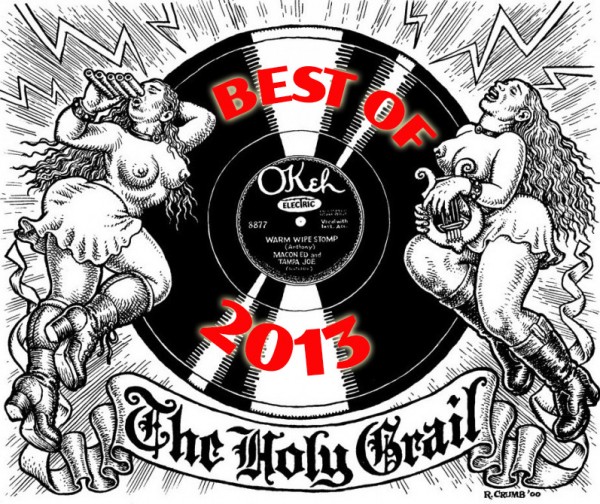
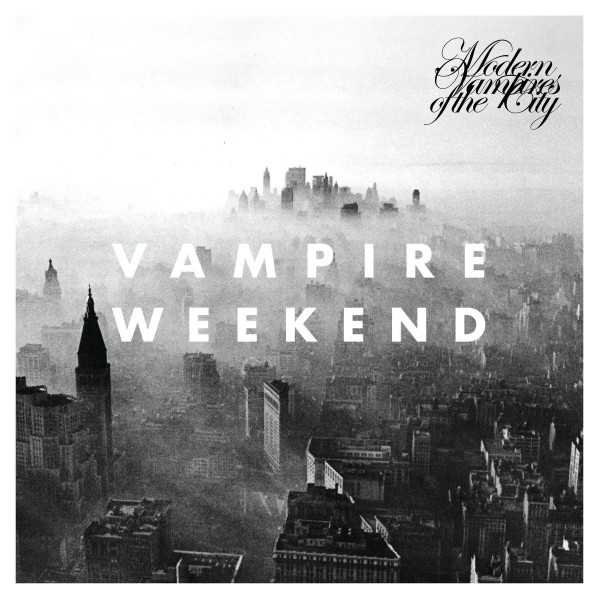
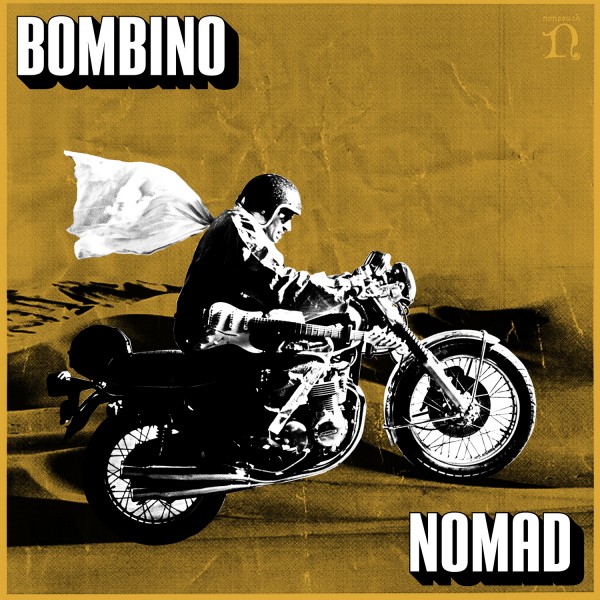
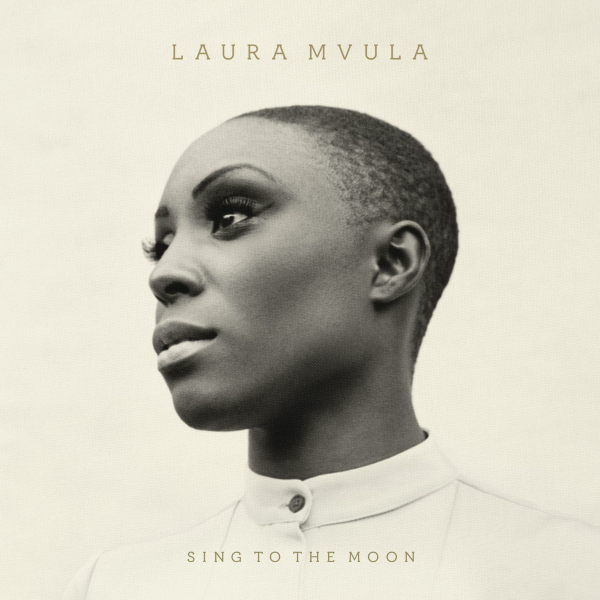
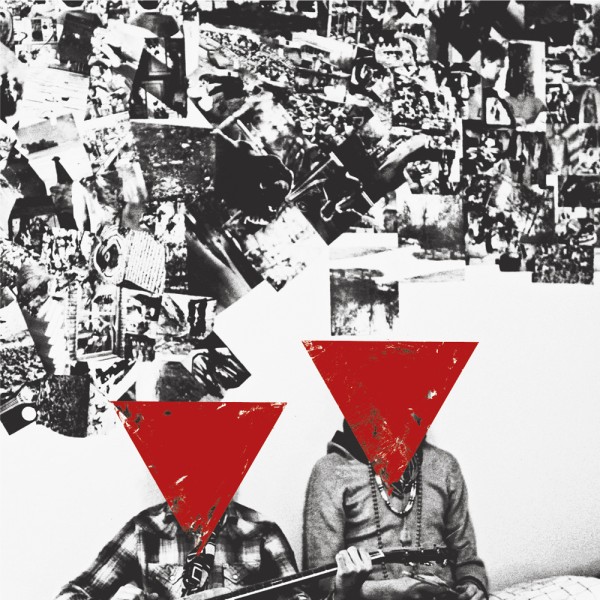
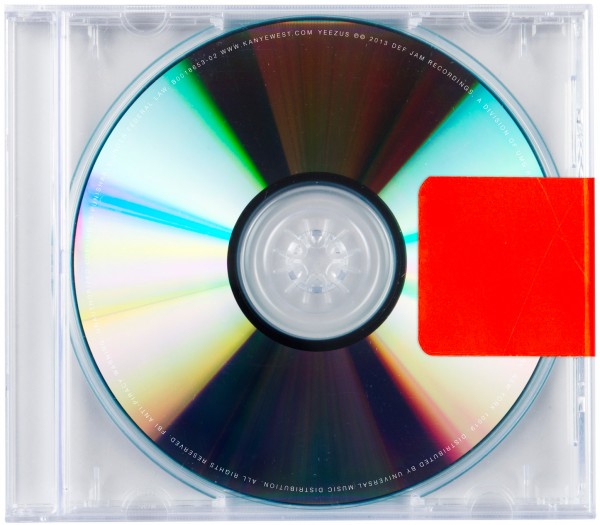
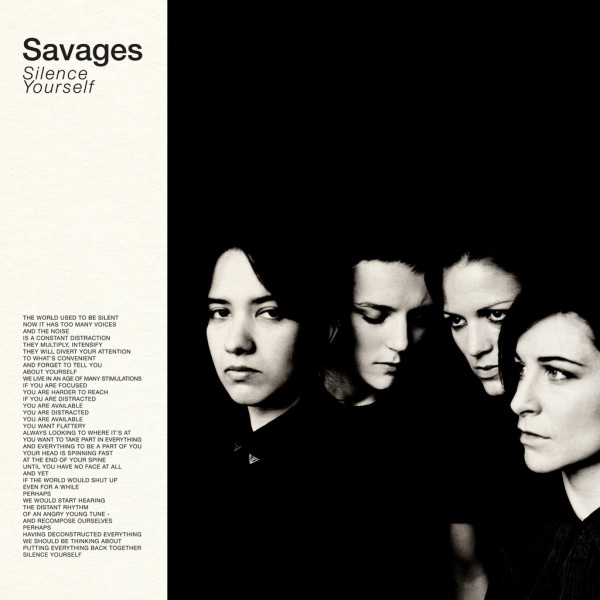
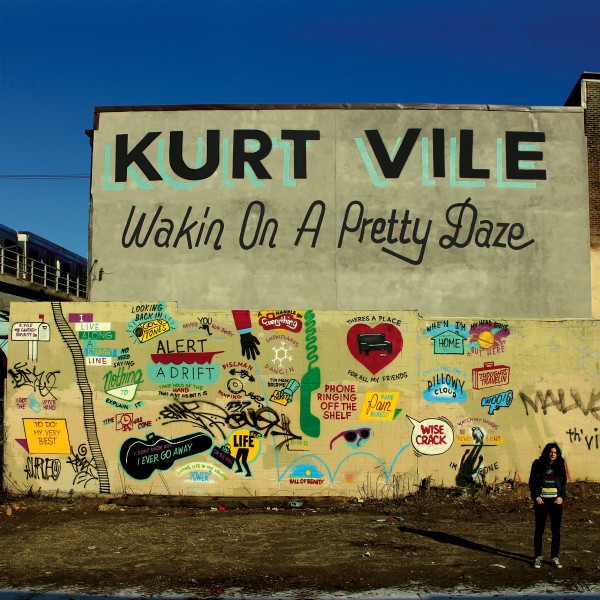
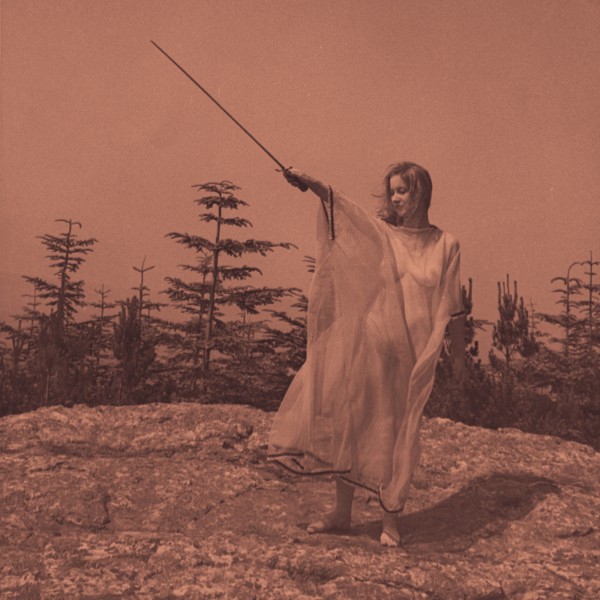
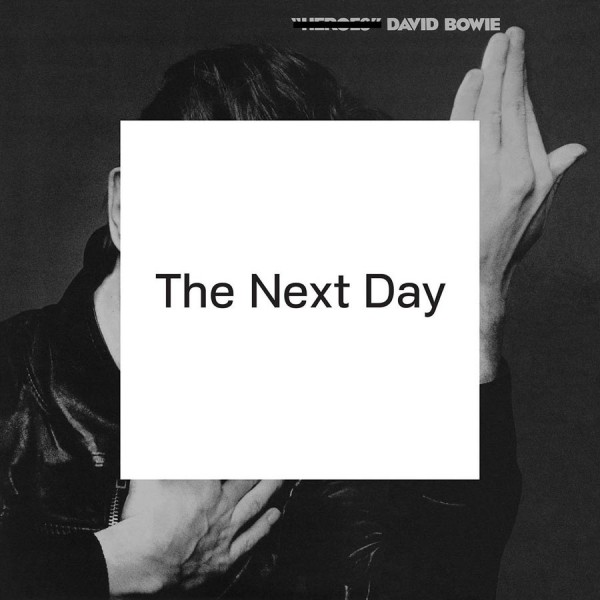

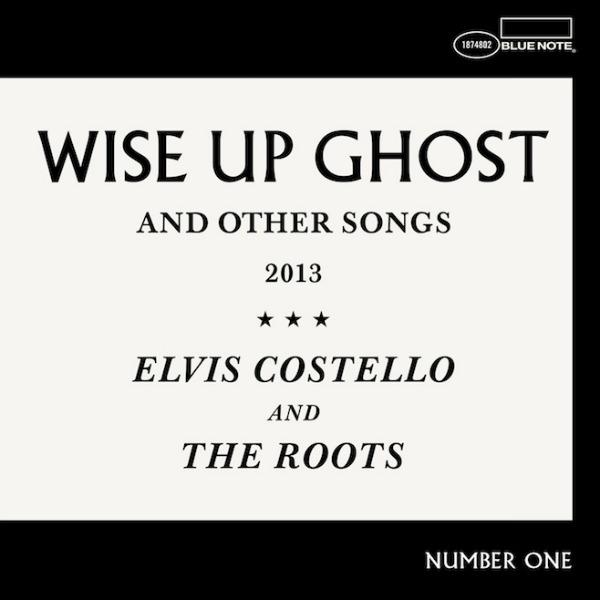
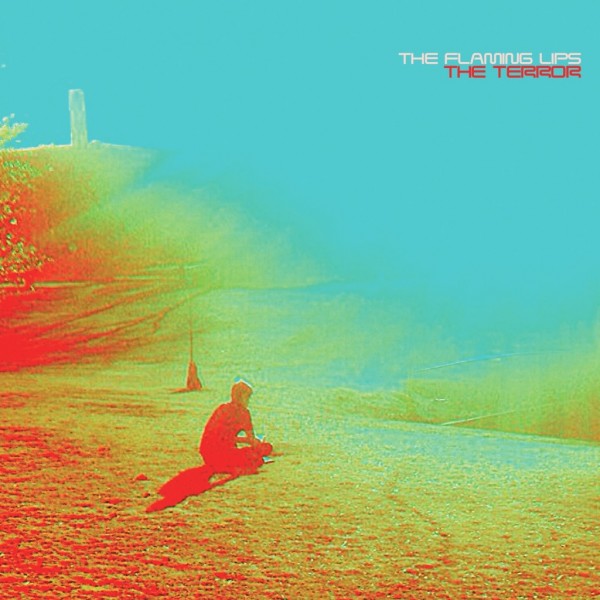
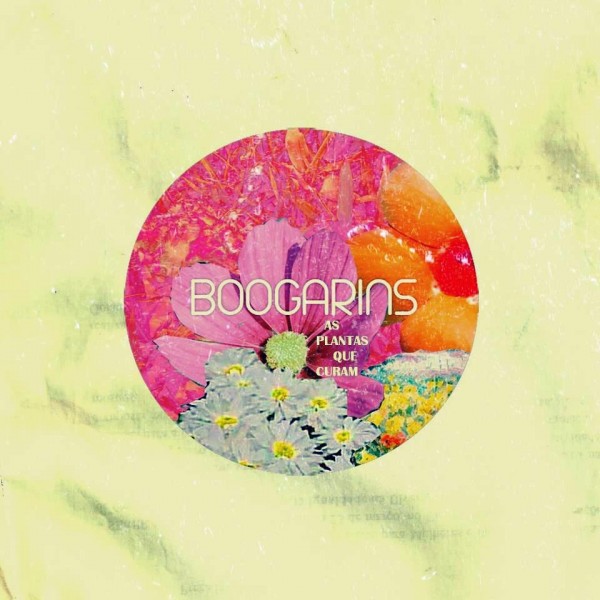
![12 Jacket (5mm Spine) [GD30OBH5]](http://www.phawker.com/wp-content/uploads/2013/12/CF-018frontcoveronly.jpeg)
